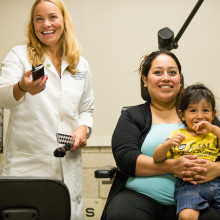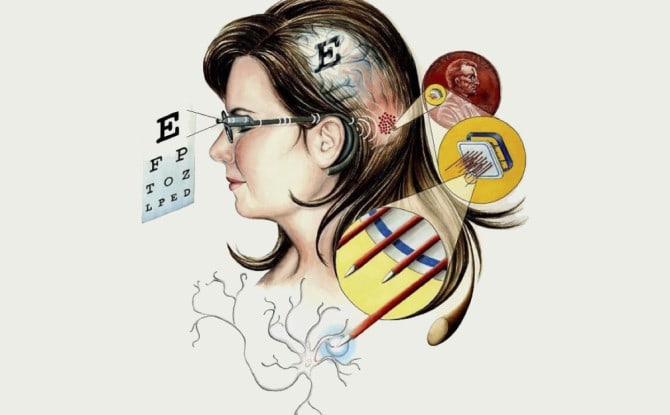Illinois Institute of Technology (IIT) received a grant from the National Institute of Neurological Disorders and Stroke (NINDS), BRAIN Initiative to conduct an early feasibility study of an intracortical visual prothesis (ICVP).
The ICVP uses a group of miniature wireless implantable stimulator modules that can communicate image information captured by a video camera directly to the human brain. Each module, called a wireless floating microelectrode array (WFMA) receives its power and digital commands over a wireless link so that no wires or connectors cross the scalp. By sending commands to the WFMAs, camera images are communicated directly to brain, creating a crude visual perception of the image. While the perceptions will not be like normal vision, they may be of benefit to the user for performing visually guided tasks.






